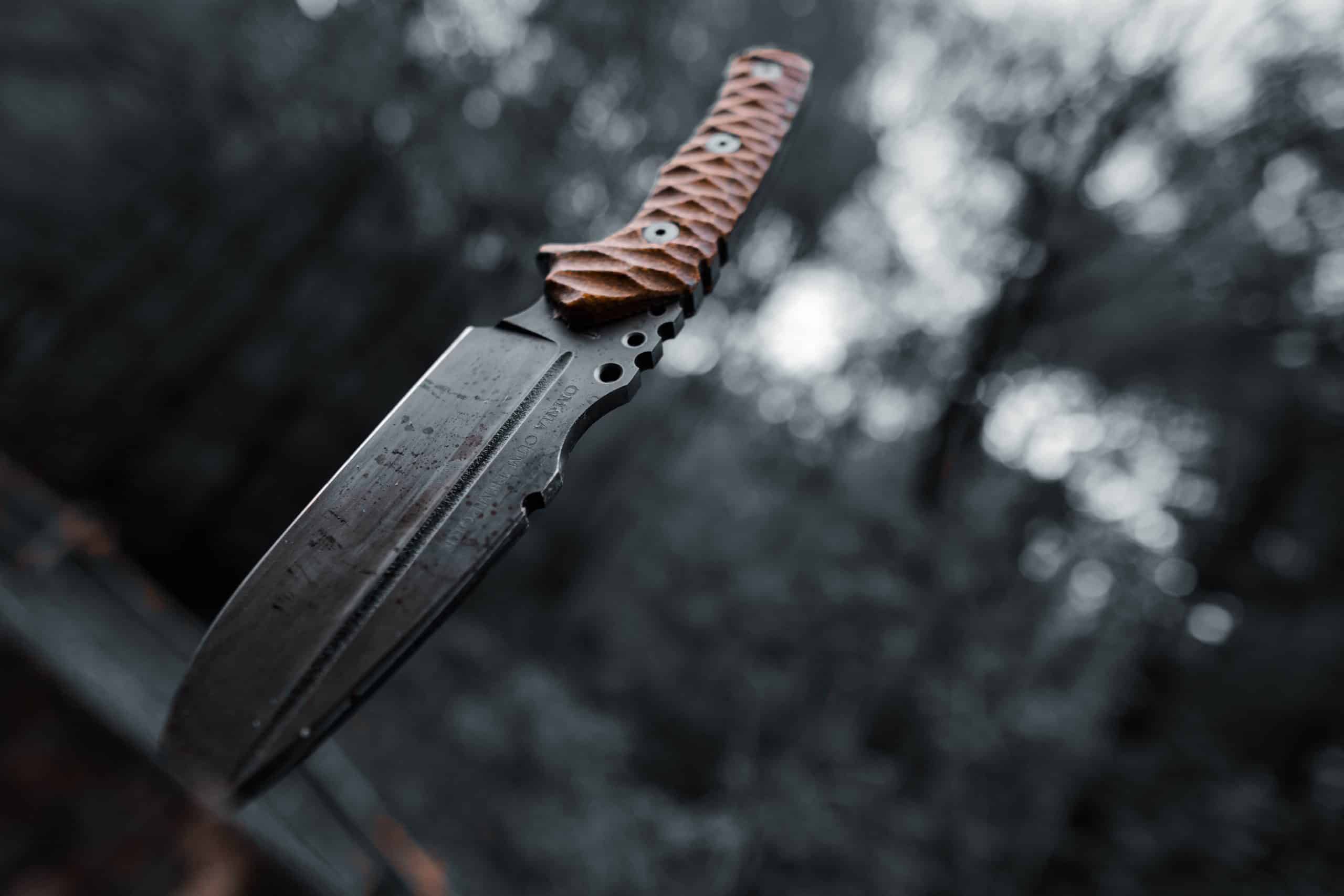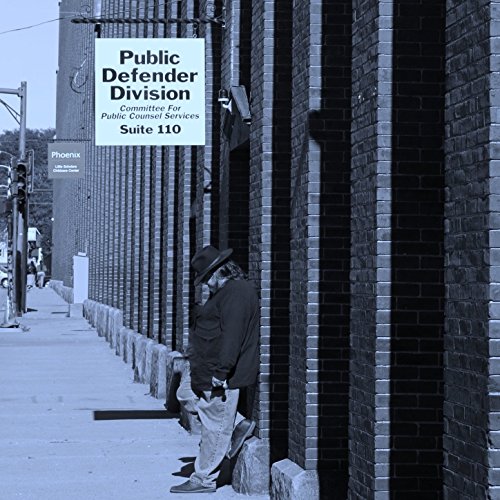
Introduction
Sharpening knives has been around for centuries. The practice is seen throughout most of human history, as the sharpened edge of a blade was incredibly important to mankind’s early technologies and hunter-gatherer lifestyles. Whether used to cut firewood, shape stone tools, or butcher animals, a sharpened blade was essential to our ancestors’ very survival.
Today, it is still beneficial to take the time and effort to properly sharpen a knife. A sharpened blade can be safer than one that has become dull with age, as experienced users know how to handle a sharp edge without risking major injury or harm. Additionally, a well-sharpened knife can also make food preparation easier and less time consuming.
So exactly how long does it take to sharpen a knife? This depends largely on the size, hardness, age and condition of the specific knife in question. However, it usually takes about five minutes if you are manual knife sharpening by hand with the use of honing steels and whetstones; twenty minutes for electric blade sharpeners; or up to an hour for wet stones and more specialized honing tools.
The Basics of Sharpening a Knife
Sharpening a knife correctly will make all of your culinary preparation tasks easier and safer. The process can be performed using either the simple and safe sharpening method or with the use of various tools and abrasives. Before attempting to sharpen a knife, it is important to know what kind of steel you are working with and to select the appropriate technique for that type.
Now, let’s go into a step-by-step guide for sharpening your knife:
Step 1: Identify the type of steel your blade is made from. High carbon stainless steel knives should not usually be sharpened with a honing steel because they are too hard. Knives made from softer steels should be honed with a honing steel or ceramic rod periodically rather than being regularly sharpened as this will prevent them becoming blunt quickly.
Step 2: Select your tool or abrasive – Use either a whetstone, an oil stone, diamond hones, water stones, manual pull-through sharpeners and diamond rods or specialist electric sharpeners. Make sure that you choose the correct grade depending on the type of your blade’s steel.
Step 3: Place your stone at an angle of around 15 degrees relative to the blade edge and use firm even strokes along each side, pushing away from you in approximately three stage movements (draw it away from you twice for each stroke). Try to slightly lift up each time you move back so that both burr sides form evenly across both faces at equal distances apart. On softer steels there should be little choice in here; however on harder ones only lighter pressure really needs applying with fewer passes per side.
Step 4: To finish there will be a wire burr developed on the opposite side so make one light pass over this without grinding onto it as much as possible. Lastly turn it over carefully to face up its opposing end making one light pass back down again before repeating Steps 3 & 4 if required until fully finished
This whole process should take anywhere between 5 – 10 minutes depending on skill level and how many strokes used over each face – good luck!
Time Estimates
1. Preparation: 10 minutes. Remove the knife from storage, inspect it for any damage, and clean it before starting the sharpening process
2. Manual Sharpening: 10-20 minutes (30+ mins for heavily pitted blades). Sharpen the knife with a stone or steel rod by creating a honed edge against a cutting board or work surface.
3. Stropping: 5-10 minutes (depending on desired level of sharpness). Use a leather belt or strop – this will give the blade an even finer edge and help to straighten any curled edges.
4. Finishing: 5 minutes. Once you have completed manual sharpening and stropping, apply oil to the blade and wipe away any residue for best results
Total Time Estimate: 30-45 minutes (more if working on heavily pitted blades). Be sure to take your time with each step involved in sharpening your knife and use techniques like consistent strokes with light pressure to accelerate the process.
Common Challenges
Common Challenges:
Sharpening a knife can be a difficult process, and there are several challenges that may arise. One of the most common is knowing when the knife’s sharpness has been achieved. A correctly sharpened knife should feel smooth and have an even edge along its entire length. Additionally, the blade should be able to slice through materials with ease. Identify an already sharpened knife by running your finger along it; if it feels relatively smooth over its surface and succeeds in cutting through various objects, it is likely to be sharp enough.
Tips and Tricks:
To properly sharpen a knife, it is important to use the right tools as well as practice proper technique. Always begin by lightly sanding away any small nicks or burrs on the blade, preferably with a high-grit stone or a diamond file specifically made for honing knives. Make sure to hold the file at a 20-degree angle from the base of the blade, and work from one side towards the other until an even edge is formed. Once the edge is defined properly you can then move onto using lower grits of stones for buffing and refining, slowly working up to higher grits which will help finish off any stray edges or misalignments in your cuts. You should also rub ceramic rods against both sides of your blade as part of your sharpening routine – this will add compression to your edges which will make them stay sharper for longer periods of time.
Types of Knives
Sharpening techniques: Understand what techniques to use for each knife, such as sharpening stones, steel rods, electric sharpeners, and honing blocks
Time Required: The amount of time it takes to sharpen a knife depends on the type of knife, sharpening technique used, and experience of the user. Generally, a chef’s or paring knives can take 20 minutes or less to sharpen by hand. A serrated bread or pocketknife may take longer due to its unique serrated edge. Those who are more experienced may be able to reduce their sharpening time significantly. Electric sharpeners can also help speed up the process if used correctly. Some users report that they can successfully sharpen their knives in under 10 minutes with an adjustable guide electric sharpener.
Sharpening Method Comparisons
Sharpening a knife using a stone takes longer than using a steel. When using a stone, the user needs to make many passes with even pressure and light strokes to achieve desired sharpness. This can be quite time consuming, since extra attention must be paid in order to make sure that an even angle is maintained along the entire length of the blade as it is being sharpened. Using a steel requires far less time and does not require full attention with every pass. However, for more precise results, particular attention must still be paid to the angle at which the blade meets the steel. With this method, it essentially only takes a few passes total until desired sharpness is achieved while maintaining an even angle along its length. Overall, sharpening with a stone will take longer but will produce better results than with a steel due to increased accuracy and detailed attention needed for each pass.
Best Practices
When it comes to storing knives, it is best practice to keep them in a safe, labeled container or on a magnetic knife strip. This will help protect the blades and make them easier to find when needed. Additionally, it is important to wash and dry knives after each use. It is also helpful to identify each knife with a permanent marker so that you know which side of the blade should be used for cutting.
When sharpening knives, it is suggested that you begin with a slower sharpener like a whetstone or honing steel. A whetstone or honing steel should take from 2–3 minutes per side to properly sharpen the entire length of the blade and restore its original edge. For more serious issues, an electric or manual knife sharpener may be necessary and can usually get the job done within 1–2 minutes per side.
Conclusion
Sharpening a knife can take anywhere from 5-30 minutes, depending on the type of knife, the technique used and the level of sharpness desired. A small kitchen knife, such as a paring knife, may only take around 5 minutes to sharpen, while larger knives may take up to 15-20 minutes or even longer. More experienced users may be able to achieve good results faster than a beginner. No matter how experienced you are with knife sharpening, it is important to use caution when doing so—improper technique and tools can cause damage to your knife’s blade. Furthermore, it is beneficial to regularly sharpen your knives since regular use can quickly dull even the finest blades. With patience, practice and the right tools, though, you can easily learn how to sharpen your own knives at home in no time! For more information about different sharpening techniques and supplies that can help make life easier for novice sharpeners, check out our blog for more tips and tutorials.
















